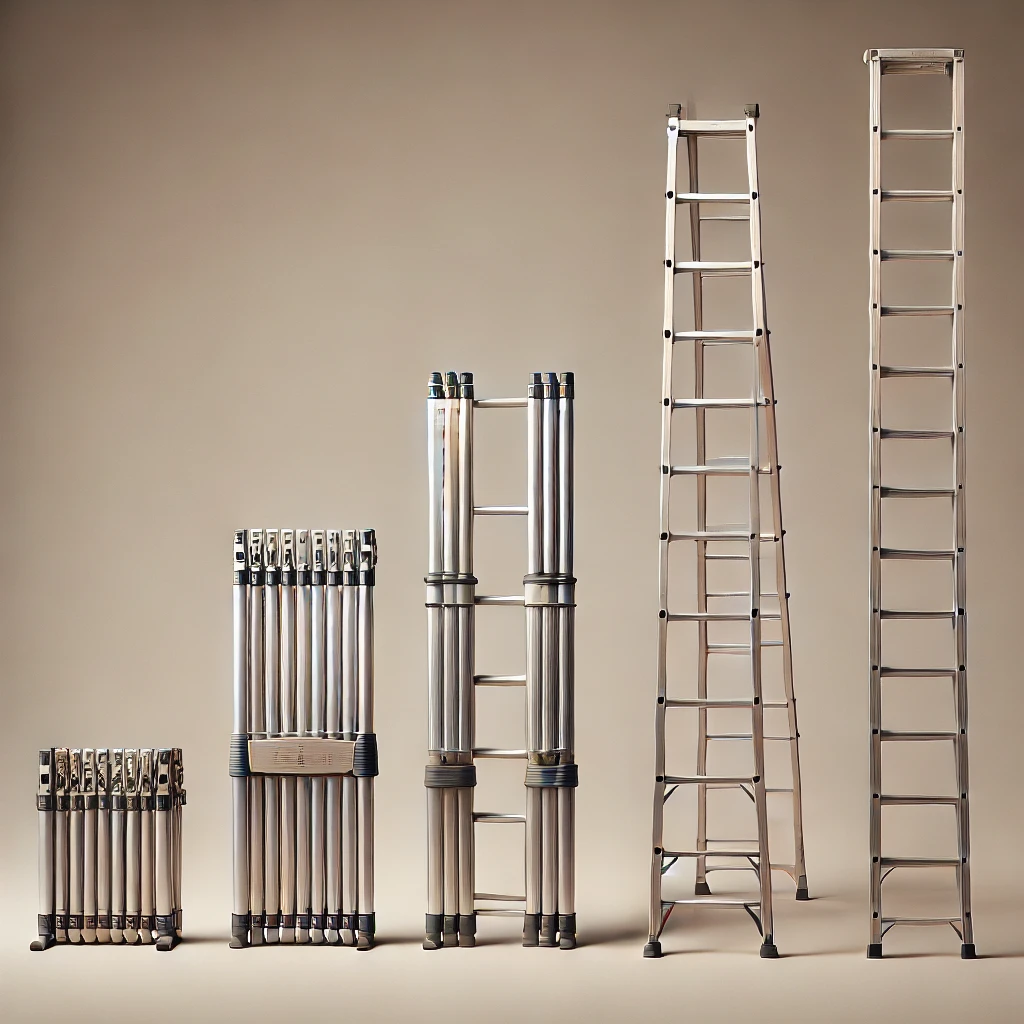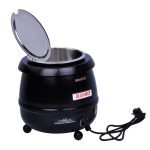
Introduction
Ladders are essential tools for homeowners, professional contractors, or general-purpose tasks when needed to access hard-to-reach places. With so many options available, the correct type of ladder can significantly impact your safety and efficiency. However, it is sometimes difficult to choose the right one. Among the most popular types are extension and telescopic ladders–and understanding their differences is crucial to help you make an informed decision for your needs. This article compares these two types of ladders to help you select the right choice for your specific tasks and preferences.
The Significance of Ladders in Different Workplaces
Ladders are indispensable tools in various workplaces, serving numerous functions and providing access to heights that would otherwise be unreachable. Their significance varies across industries, but they share a common purpose – facilitating tasks that require elevation. From installation and repairs to pruning trees and painting, they play a significant role in ensuring safety, productivity, and accessibility in diverse workplaces.
Understanding Extension Ladders: Definition, Design, and Applications
Extension ladders are a type of ladder consisting of two or more sections. These sections smoothly slide together for storage and can be extended to reach significant heights. An extension ladder is typically made from aluminium or fiberglass, which makes it lightweight and durable. When fully extended, the size of an extension ladder can vary from 16 feet to 40 feet. Due to their robust structure and standout features, extension ladders are suited for jobs requiring considerable height access to roofs, painting, cleaning gutters, and construction applications.
What are Telescopic Ladders? A Brief Overview of Their Design and Use Cases
Telescopic ladders are a type of modern, portable ladder that can be extended and locked by the rung to different heights. They are designed to collapse down into a compact size, making them easy to store and transport. Similar to an extension ladder, a telescopic ladder is made of rugged aluminium, offering a light yet robust tool. They offer extendibility up to 20 feet and take less space. Telescopic are ideal for both indoor and outdoor small repair tasks, interior decorations, and other professional jobs that require frequent movement.
Comparing Extension Ladders and Telescopic Ladders
Both ladders can be used to reach high places; however, they are distinct in various aspects. Let’s delve into the key differences between these two popular types of ladders.
Design Distinctions
Extension ladders comprise two sections that slide together to adjust the height, compared to telescopic models, which consist of multiple sections and lock in place.
Portability and Storage
In terms of portability and storage, telescopic ladders have a clear advantage. They can collapse into a compact size and are stored in small spaces. Extension ladders, on the other hand, can be bulky and require more storage space due to their extended length.
Height and Reach
An extension ladder is the better choice for tasks that require reaching significant heights, offering greater maximum heights. Telescopic are typically suitable for moderate heights but may not reach the same maximum heights as extension models.
Durability and Stability
Both are designed to be durable and stable, but extension tend to have a slight edge in terms of stability due to their sturdier construction. This makes them perfect for heavy-duty tasks that require a strong and stable ladder. Telescopic ladders are durable as well, but they may not offer the same level of stability, especially when fully extended.
Ease of Use and Weight
Telescopic ladders are often easier to set up and use, especially in confined spaces. Their compact form factor and lightweight design make them easy to carry and maneuver. Extension ladders, while more robust, can be cumbersome to set up, are heavy, and require more effort to extend and position.
Safety Considerations
Telescopic and extension ladders are equipped with safety features. Extension ladders, with their wider base and stabilising feet, offer more stability on uneven surfaces. Telescopic ladders, with their locking mechanisms, are safe when used correctly. But users should ensure all sections are securely locked before climbing.
The Verdict: Which Ladder To Choose?
Choosing between an extension ladder and a telescopic ladder depends on your specific needs and tasks at hand. However, considering their key differences, it can be concluded that an extension ladder is best when you need to reach high places regularly. It can also be a wise choice when you require a ladder with maximum stability and durability and have the space to store it.
On the other hand, opt for a telescopic ladder when you require a versatile, portable ladder that is easy to store and transport. It offers robust flexibility and a cost-effective way to reach varying heights and have limited space.
Final Thoughts
Choosing between an extension and a telescopic ladder depends on users’ specific tasks and preferences. Extension ladders are ideal for heavy-duty, high-reach tasks and offer superior stability. In contrast, telescopic ladders excel in portability, ease of use, and compact storage. Consider the nature of your work, the heights you need to reach, safety, budget, and the storage space available to you. By understanding these critical factors, you can select the ladder that best meets your requirements, ensuring robust safety and efficiency in your tasks.





















